You’ve heard of #TikTokMadeMeBuyIt, but what about #TikTokMadeMeReadIt?
Since its inception in 2020, the TikTok #BookTok hashtag and community has garnered over 100.5 billion views, paving the way for a new frontier in book publishing that’s more focused on authenticity and community than ever before. Readers, writers and bibliophiles engage with one another through the #BookTok community to share book reviews, rankings, and recommendations. By leveraging the short form video format to talk about books, readers and writers now have the opportunity to share their passions in a more collaborative and engaging way.
BookTok is certainly a subculture to be reckoned with, but before diving into the impact that it’s had on reading trends and publishing industry, it’s important to first understand what exactly a subculture is.
What are today’s subcultures?
Subcultures, also known as micro or niche communities, are a group of people that share a common interest, value, aesthetic or goal. These communities form submersive worlds of passion and like-mindedness that aptly answer to society’s innate longing for belonging and social inclusion.
While subcultures are by no means unique to TikTok, or any other social media platform for that matter, the way that the TikTok’s algorithm is designed lends itself to an organic form of community building that connects together like minded individuals and gives them a platform to share their passions. Since the TikTok ‘For You’ page is curated based on an individual’s niche interests, the notion of the hyper-specific subculture becomes a cornerstone of the platform’s user experience. TikTok is also by nature a highly visual platform, making it easy for users to identify and resonate with a particular subculture or niche community.
What are some examples of TikTok subcultures?
Many of today’s subcultures live on the internet — and a large majority of them are either formed or maintained on TikTok. Some examples of TikTok subcultures include Cottagecore, Dark Academia, FitTok, and of course, BookTok. These subcultures are highly specific, thus creating a sense of belonging for those that resonate with the niche. The Cottagecore subculture, for example, revolves around the romantic idea of living in the peaceful countryside; think florals, picnics, gardens, and rustic cooking. The FitTok subculture, on the other hand, is all about empowering an active lifestyle through workout videos, easy recipes, and functional gym outfits.
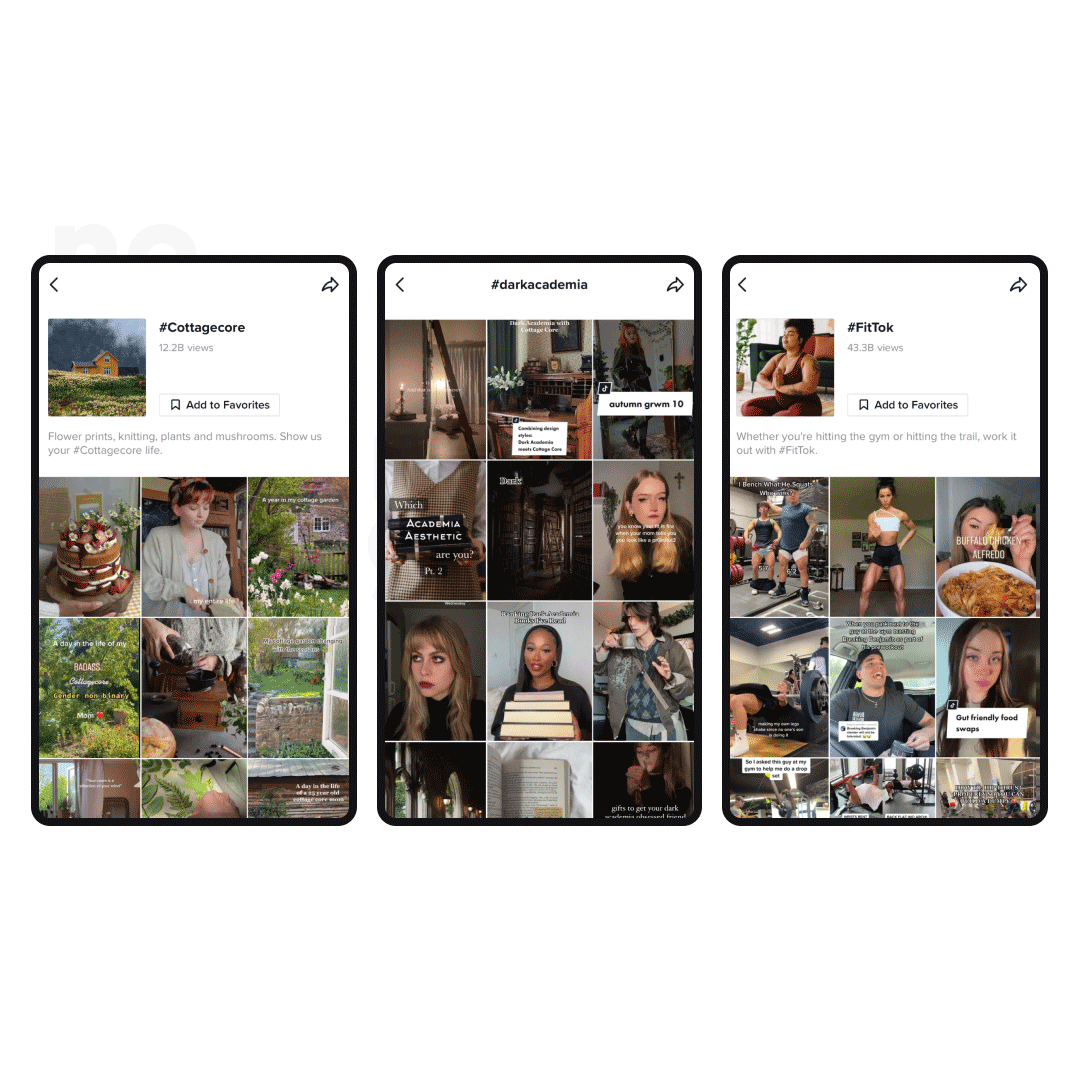
Why are TikTok subcultures important?
Subcultures and niche online communities are showing brands the importance of fostering and leveraging community as a critical part of their marketing strategy. While marketers have long been targeting users based on demographic identifiers like age and gender, the more coveted (but also more challenging) targeting strategy is one that finds users who have a direct interest in the brand’s products or services. This level of hyper specific psychographic targeting transcends demographic boundaries and does not create silos centered around age, gender, location, etc.. TikTok subcultures are important because they give marketers a window into how one might target audiences based on their psychographic identifiers. These niche, highly visual TikTok subcultures identify the communities and aesthetics that a user identifies with, which serve as much stronger indicators of brand affinity and purchasing behavior than typical demographic identifiers.
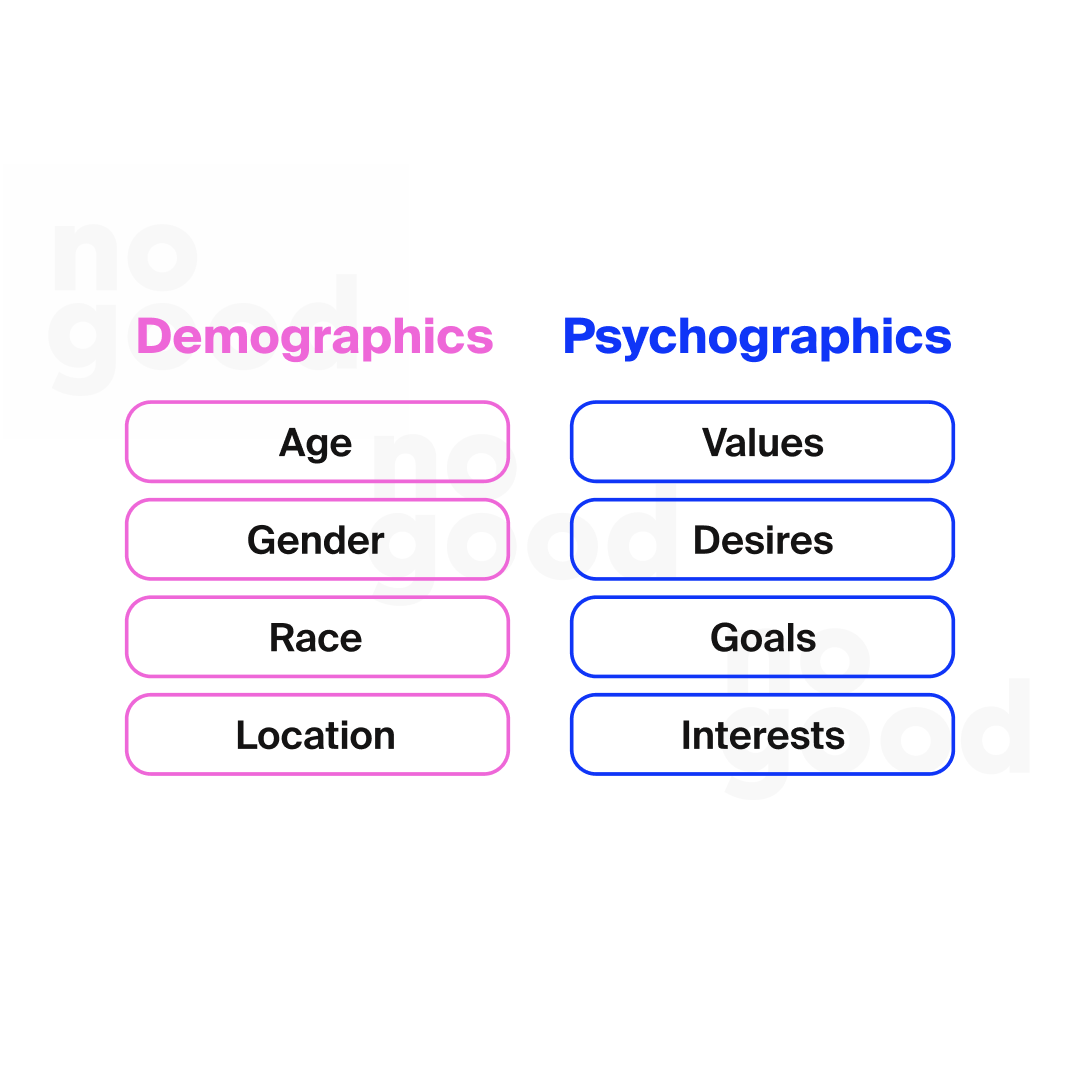
The shift from demographic to psychographic targeting mirrors a broader consumer shift where today’s consumers are increasingly beginning to define themselves more in terms of their interest, values, and aesthetics, and less in terms of their age, gender, or background. When brands tap into TikTok subcultures, participation in the relevant communities allows them to become a part of their consumers’ identities. TikTok subcultures play a part in the way consumers define their online and offline personas, meaning that alignment with the appropriate subcultures can be extremely useful for brands looking to make deeper connections with their target audience.
Let’s talk about BookTok
BookTok is a prime example of the immense impact that TikTok subcultures can have on consumer behavior, industry trends, and marketing strategies. The #BookTok hashtag, which now has its own TikTok-branded cover image, is making waves in the publishing industry by redefining reading trends and giving power and agency back to readers and writers.
A main part behind BookTok’s massive success lies in the way TikTok is leveraged as a platform to provide authentic and hyper-specific recommendations to avid readers. TikTok places users based on interest, making it the ideal recommendation platform because it can show you exactly the content and communities you’re looking for. Rather than limiting readers to written book reviews, TikTok short form video format lends itself to a whole array of different review formats, including but not limited to skits, use of trending sounds, and niche list descriptors. BookTok, and indeed TikTok as a platform in general, places an emphasis on feelings and reactions over star ratings or reviews, meaning the recommendations end up being more authentic and trustworthy.
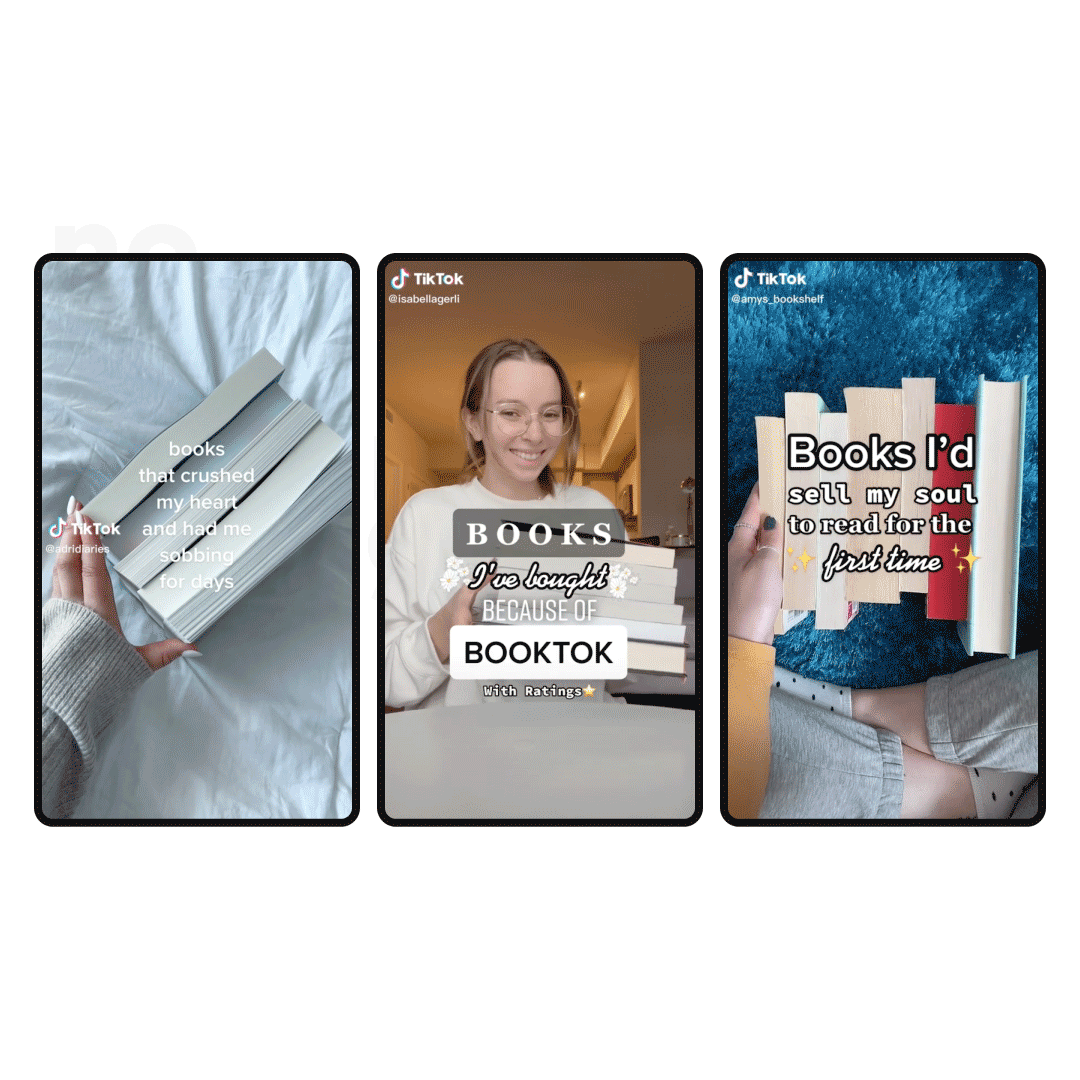
Another big part of BookTok lies in its UGC (User Generated Content). TikTok makes it easy for readers to create content about their favorite books and lowers the barrier to entry that may have previously guarded the bibliophile community. Any reader or writer on TikTok has the ability to create UGC, and the viral potential of TikTok content can carry a book to the bestsellers list even without the extensive marketing of traditional publication practices. While exposure was previously limited to those who could afford extensive marketing for a book to go viral, BookTok gives smaller audiences a chance to reach millions of potential readers for free. Traditional publication can sometimes limit marginalized voices, but BookTok democratizes the bookish community and gives smaller voices an opportunity to authentically connect with communities based on a common interest.
In addition to readers and writers, publishing houses are also jumping onto the BookTok bandwagon to find new ways to promote their books through the TikTok subculture. Publishers have taken advantage of the BookTok community by inviting prominent creators to take over their profiles, making playlists for book recommendations, or sharing short interviews with their authors. Barnes and Nobles, for example, has an active TikTok account that promotes books through creatively curated and highly niche lists, comedic usage of trending sounds, and plot-driven skits. Though primarily concentrated online on the platform, this engagement in the BookTok community extends to the brick and mortar realm too, with many bookstores having their own dedicated “BookTok table” featuring titles that have recently gone viral on the platform.
BookTok has spurred the creation of new in-app features too. Penguin Random House collaborated with TikTok to launch a new feature that allows users to link specific books in their videos. These links take people to dedicated pages with details about the book, with a brief summary and a collection of other videos that linked the same title. This feature minimizes the friction between discovery and conversion, keeping users within the app rather than having them open a separate browser to search for more information. Through this collaboration, we can see that TikTok itself is investing in the existing BookTok community that grew out of the platform, using it as an opportunity to expand that platform as the go-to discovery tool for today’s consumers.
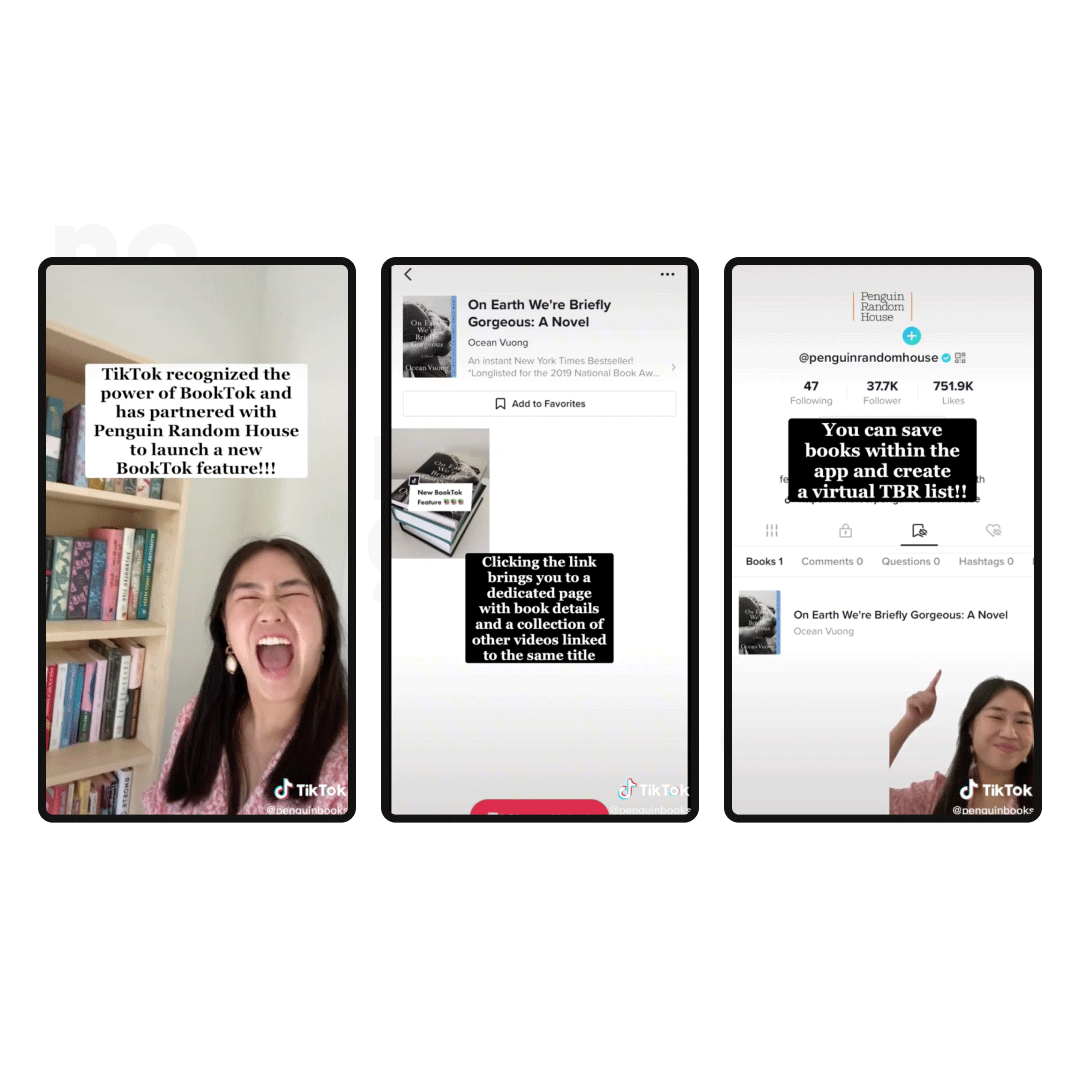
What can brands & marketers learn from the success of BookTok?
From “BookTok Favorites” shelves to new BookTok-specific TikTok linking features, the success of BookTok is a testament to how building authentic communities can foster greater consumer excitement, engagement, and loyalty. Today’s consumers are actively seeking out brands that they can identify with and that align to their interests and values, meaning that it is increasingly important for brands to tap into the communities and subcultures that these consumer personas thrive in.
Here are 3 main takeaways from BookTok’s success:
1. Target consumers based on identity and interest, not demographics
Psychographic identifiers are always a stronger method of targeting than demographics, because you’re able to ensure that your target audience is actually interested in the value that your product or service is able to offer. The challenge is, then, to be able to identify these target consumers based on their psychographic traits. One way to do this is through tapping into specific TikTok subcultures and niche communities, which are existing groups of users that are already grouped based on similar interests and values.
2. Leverage UGC to build a viral content loop
Today’s consumers crave content that is authentic, trustworthy, and socially-validated; UGC fulfills all three of these requirements. 84% of Gen Z users have reported purchasing a product after seeing it on social media and 37% of users trust content creators over brands when discovering new products. Taking BookTok as an example, we can see that the rise of UGC from readers and writers has resulted in a dramatic increase in book sales and a reinvention of modern reading habits. UGC allows members of a community to share their passions with like-minded others, thus forming an organic content loop that spurs others to do the same. UGC is one of the biggest advantages of leveraging community for your brand, as it turns consumers into authentic advocates of your brand to form a self-compounding acquisition loop of future growth.
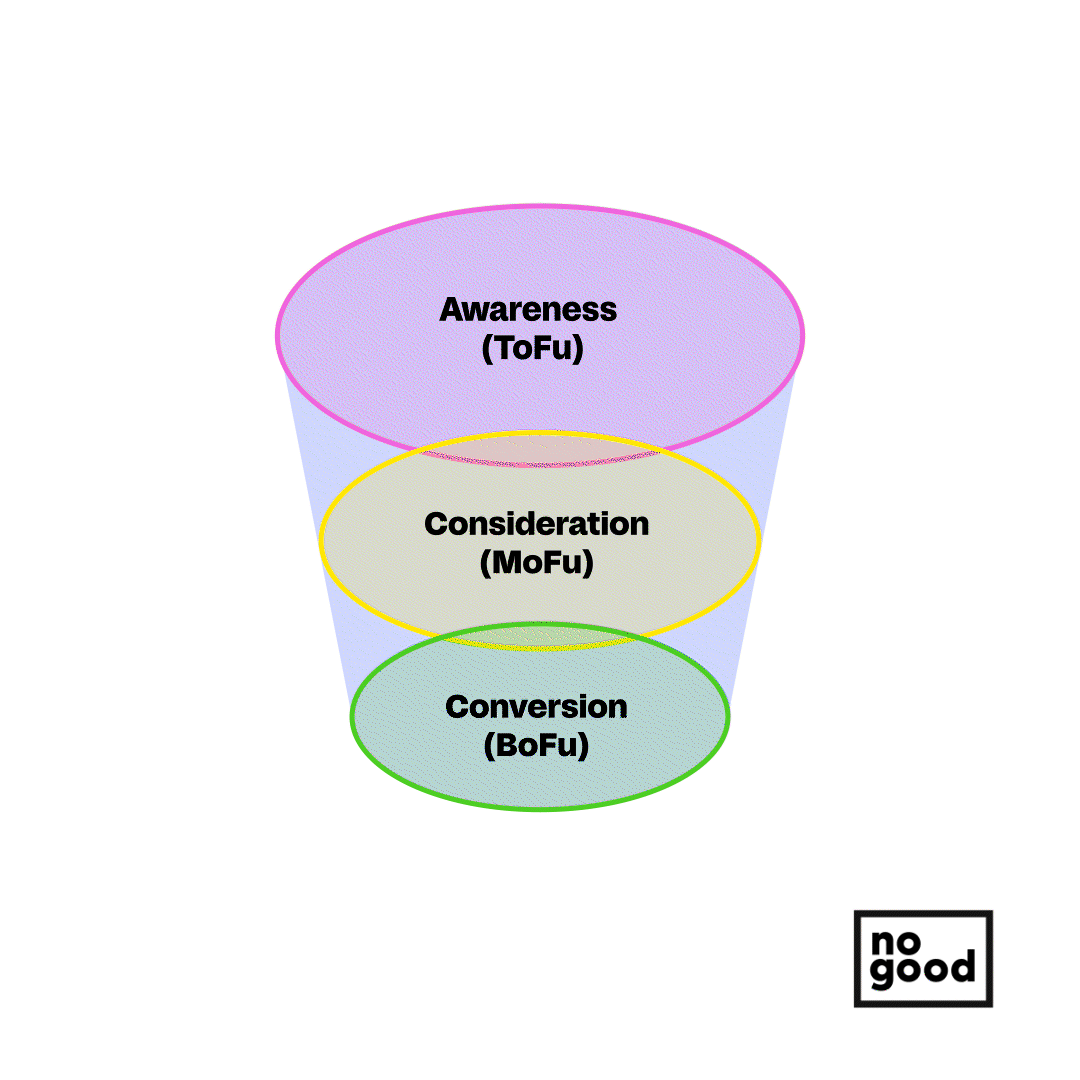
3. Tap into communities that align with your brand
Tapping into community is an important step that brands need to take in order to stay relevant and appeal to today’s consumers, however the art of leveraging community lies in being selective enough to only tap into the communities that truly align with your brand. Consumers want to engage with brands that resonate with their interests and values, therefore it is essential for brands to interact with communities not just for the sake of it — but because those communities make sense to the brand’s values and overall mission. For example, it is natural and genuine when a publishing house or bookstore participates in the BookTok community, but not when a health food brand or SaaS business does. Pick and choose your communities carefully, and avoid interacting with subcultures that don’t authentically align with your brand.
Start leveraging TikTok subcultures to grow your brand
Founders, Marketers, Brand Managers — if you’re looking for a sign to start investing in building community and tapping into the power of TikTok subcultures, this is it. Finding and leveraging the right niche communities will help you find and retain the consumers that truly resonate and align with your values, offerings, and brand mission.
As always, if you need an expert’s perspective on how to build a new community or tap into an existing community on TikTok, we’re here to help.





